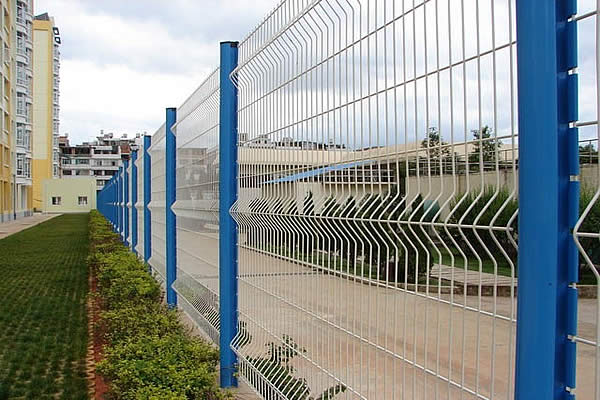 TEL:
+86-13102802206
TEL:
+86-13102802206
 Email:
fencenetting@china.com
Email:
fencenetting@china.com
 Language
Language
 TEL:
+86-13102802206
TEL:
+86-13102802206
 Email:
fencenetting@china.com
Email:
fencenetting@china.com
 Language
Language


The Role of Cast Iron TIG Wire in Modern Welding Applications
Welding is a crucial process in various industries, enabling the joining of metals to create strong and durable structures. Among the myriad of welding techniques, Tungsten Inert Gas (TIG) welding stands out due to its precision and versatility. For welding cast iron, a material known for its brittleness and difficulty in handling, the choice of filler material is essential. This is where cast iron TIG wire comes into play.
Understanding Cast Iron
Cast iron is an alloy of iron that contains a high carbon content, usually between 2% to 4%. This composition gives cast iron its unique properties excellent castability, wear resistance, and good machinability. However, these characteristics also pose challenges during welding. Cast iron is prone to cracking due to its hardness and brittleness, especially when subjected to rapid temperature changes. Therefore, selecting the appropriate welding method and filler material is imperative for ensuring a successful weld.
What is Cast Iron TIG Wire?
Cast iron TIG wire is a specialized filler material designed for use in TIG welding processes. Typically composed of nickel, iron, and other alloying elements, this wire is engineered to match the properties of cast iron while providing enhanced ductility and reduced brittleness in the welded joint. The choice of composition in casting iron TIG wire is critical in minimizing issues like shrinkage cracks and porosity, which can compromise the integrity of the weld.
Advantages of Using Cast Iron TIG Wire
1. Precision Welding TIG welding allows for meticulous control over the welding process, making it ideal for workpieces that demand high precision. Cast iron TIG wire facilitates clean, controlled welds that blend seamlessly with the parent metal. 2. Reduced Cracking Risk The alloying elements in cast iron TIG wire help to mitigate the stress concentrations that can lead to cracking. This is crucial for applications where the integrity of the weld is paramount.

3. Versatility Cast iron TIG wire can be used in various applications, from repairing old machinery to constructing new components. Its adaptability enables maintenance and fabrication tasks across different sectors, such as automotive, aerospace, and heavy equipment manufacturing.
4. Less Fume and Pollutants Compared to other welding methods, TIG welding produces fewer fumes and pollutants, contributing to a healthier work environment. This is especially beneficial in settings where multiple workers are present.
Application Areas
Cast iron TIG wire finds applications in diverse industries. In the automotive sector, it is frequently used for repairing engine components, crankcases, and manifolds. In art and sculpture, artists may employ TIG welding with cast iron TIG wire to create intricate designs and structures, benefiting from the wire’s ability to create fine details.
Additionally, in the manufacturing realm, cast iron TIG wire facilitates the welding of machine bases, frames, and piping systems. The pipeline industry also sees the use of cast iron TIG wire for repairs and maintenance applications where ensuring the strength and durability of the weld is critical.
Conclusion
The incorporation of cast iron TIG wire into welding practices represents a significant advancement in the field, addressing the unique challenges presented by cast iron. With its improved mechanical properties and enhanced weldability, cast iron TIG wire has become an invaluable tool for welders and fabricators. As technology progresses and more industries adopt TIG welding techniques, the importance of selecting the right filler materials, such as cast iron TIG wire, will only continue to grow. By understanding its benefits and applications, professionals can enhance their welding processes, leading to more durable and resilient structures across multiple sectors.